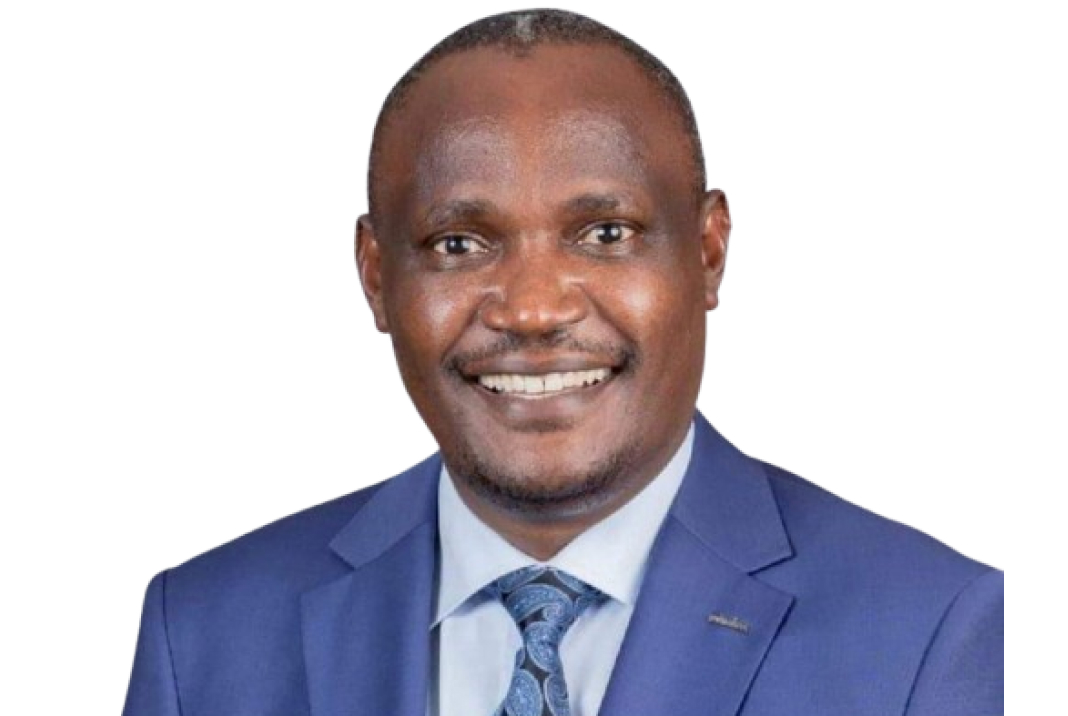By James Okoth
The afternoon sun slanted gently across the red soils of Bondo, resting softly on a mound of freshly turned earth. The murmurs of mourners had thinned, but at Raila Amolo Odinga’s graveside, two figures lingered — men bound by the weight of memory, gratitude, and unfinished conversations.
James Orengo and Johnson Sakaja stood shoulder to shoulder, silent but connected by the unspoken truth that the man they had come to bury had once stood by each of them in their darkest hours. In that quiet moment, they were not governors of rival counties, nor politicians of clashing generations — they were survivors of Raila’s political orbit, each a beneficiary of his boundless grace.
The Hand That Never Withheld Help
When James Orengo’s health faltered and political storms gathered around him, many whispered that his days in the trenches were done. The Siaya Governor, once the fearless defender of democracy, seemed to face his twilight alone — until Raila Odinga appeared quietly at his side.
He came not as a politician, but as a brother. He did not come to command, only to comfort. Those close to Orengo recall that visit as transformative. “You must heal,” Raila had told him softly. “Kenya still needs your courage.” It was both a blessing and a command — a spark that pulled Orengo back into the rhythm of resilience that had defined his life beside Raila for over four decades.
For Orengo, that moment would become symbolic of the man he knew: Raila, the unyielding fighter who never abandoned his own, even when others turned away.
Sakaja’s Second Chance
Johnson Sakaja’s political path had taken a different turn — one of youthful ambition and early confrontation. As Nairobi’s Governor, he found himself facing impeachment, besieged by powerful forces eager to see him fall. The air was thick with political vengeance, and allies had begun to scatter.
Then, from an unexpected corner, came the voice of reason — Raila Odinga’s.
Raila, the man whose coalition Sakaja had once resisted, chose to stand between the young governor and the political guillotine. “Let him stand,” Raila said. “Don’t destroy promise because of politics.”
Those few words carried the weight of wisdom from a man who understood the fragility of leadership. To many, it was a masterstroke of political statesmanship. To Sakaja, it was personal redemption.
And now, standing beside the grave, the Nairobi Governor finally spoke — his voice reverent and heavy with emotion.
“Raila Odinga was more than a political leader — he was a symbol of resilience and unity. His dedication to justice and democracy continues to inspire generations,” said Sakaja.
His words, brief but profound, captured the sentiment of a nation and the gratitude of a man who had once been saved by the very leader he came to mourn.
A Grave That Became a Bridge
And so, as the wind whistled through the acacia trees at Jaramogi Oginga Odinga’s homestead, the two stood — Orengo and Sakaja — drawn together by the same man who had once steadied both their lives.
They spoke little after that, but the symbolism was heavy. Orengo, the veteran of the struggle. Sakaja, the inheritor of a new political age. Between them lay Raila, the bridge between Kenya’s past and its uncertain future.
Their eyes met briefly. Perhaps each saw in the other what Raila had seen all along — potential, humanity, imperfection, and the possibility of renewal.
Around them, ODM loyalists murmured quietly. The air was not one of division or partisanship but of closure. Raila Odinga, even in death, had managed what politics rarely achieves — to summon peace out of tension, to gather old foes into fellowship.
The Teacher Lives On
In the days that followed, many would speak of Raila’s unmatched courage, his defiance, his unyielding belief in justice. But for those who knew him closely, it was his capacity to forgive — to hold others up when they fell — that defined him most.
Raila Odinga had spent a lifetime teaching Kenya that power was fleeting, but compassion endured. He had fought for democracy, yes, but he had also mended broken friendships, bridged divides, and healed rivals.
At his graveside, Orengo and Sakaja were proof that his lessons had not been in vain. Their presence was a quiet pledge — that his legacy of unity would not be buried with him.
As the sun dipped behind the hills, the mourners began to drift away. Orengo lingered, laying a hand gently on the grave. Sakaja bowed his head, whispering something only the wind could carry.
Raila Odinga was gone, but his spirit — the reconciler, the forgiver, the unifier — remained alive in those he had once lifted.
In death, as in life, Raila is still bringing people together.




